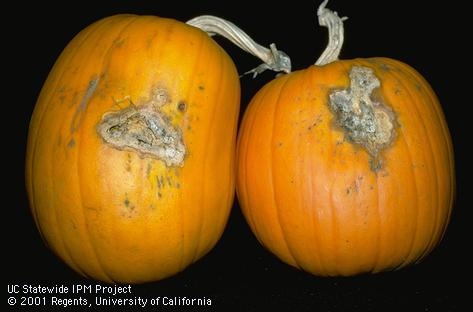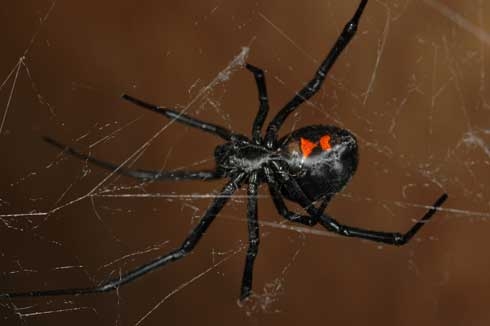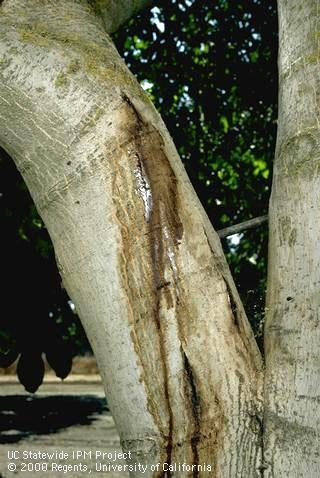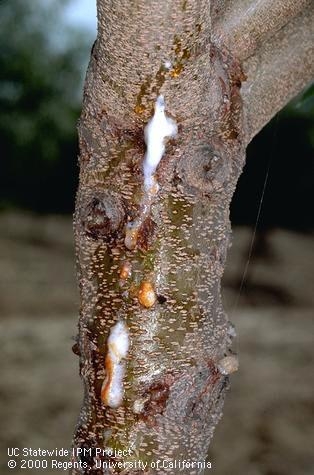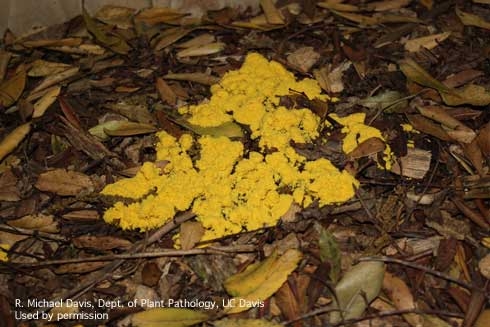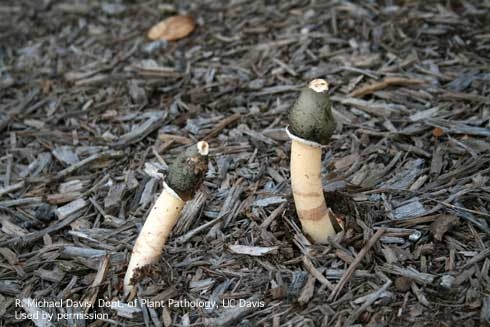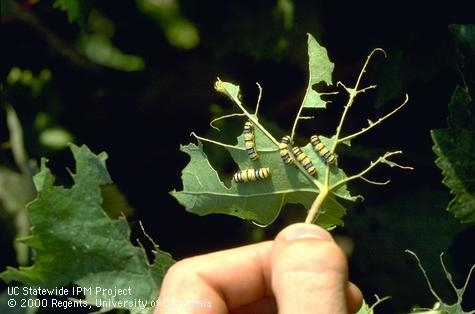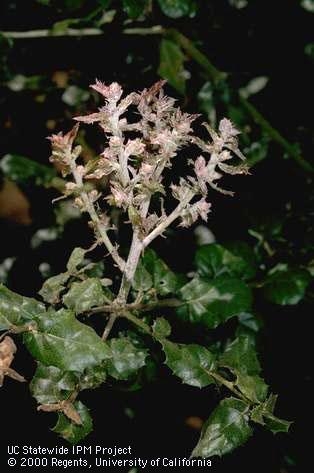Happy Halloween! Here are the answers to our haunted horrors posted earlier in the week. If you encounter these, or other pests, you can find management information and resources on our website.
1. If you're growing pumpkins or squash, you may encounter Fusarium crown and foot rot. These lesions are typically firm and dry and might be considered nature's way of carving jack-o-lanterns.
2. Black widows are notoriously scary, but there are other spiders large and small that may cross your trick-or-treat path.
3. Trees don't typically bleed, but deep bark cankers create deep cracks which ooze a reddish brown sap that runs down scaffolds and trunks, giving them a “bleeding” appearance.
4. Another tree disease is foamy canker or alcoholic flux. Frothy material exudes from cracks or hols in bark, commonly on elm, sweet gum, oak, and pittosporum.
5. A gooey element you may encounter is slime mold. The gooey mass can look like vomit on lawns and cause damage by shading or suffocating the lawn.
6. The fruiting bodies of the common stinkhorn mushroom remind some people of fingers coming up out of the ground. Plus, the mushrooms are covered in a gooey slime that stinks, giving these mushrooms their name.
7. As skeletons abound this season, be on the lookout for leaf damage from the Western grapeleaf skeletonizer. These caterpillars chew through the leaf tissue between the main veins, causing a “skeleton” effect.
8. Witches' broom appears as a dense cluster of twigs or thickened stems that develop on the branches of woody plants. Susceptible plants include cedar, cypress, juniper, conifers, oaks, and pines.
